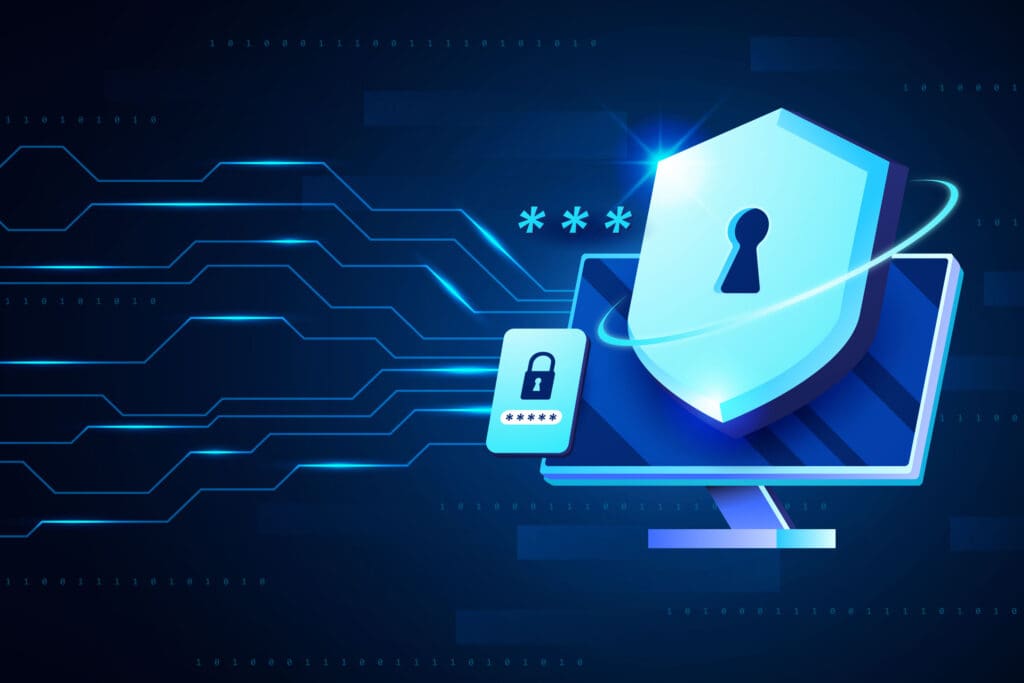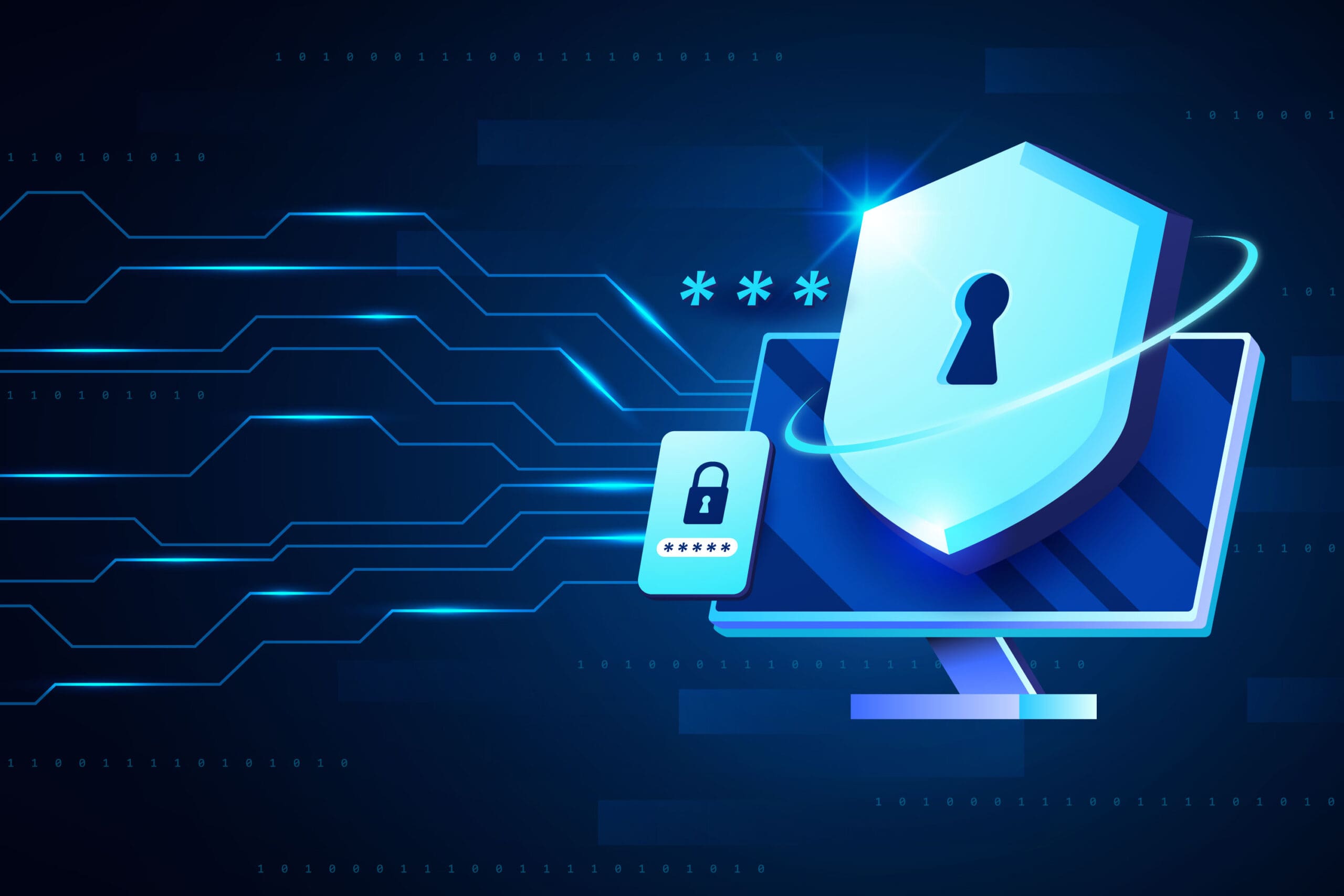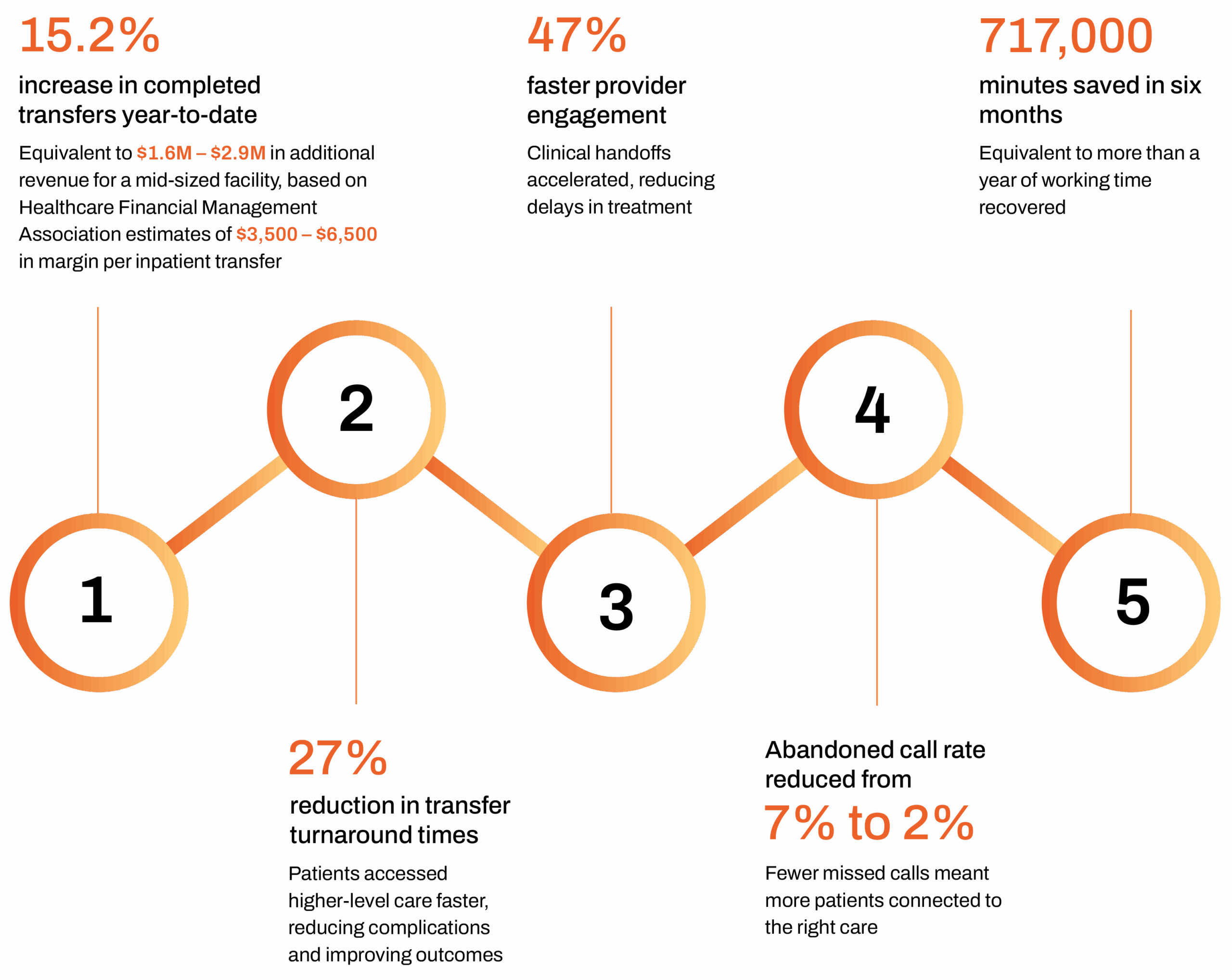
Technology has become part of how every classroom learns, connects, and operates. In digital classrooms, the most valuable asset is not just instructional content. It is student identity. Each login, cloud account, and connected app represents personal data that must be protected carefully.
As schools adopt AI tools, cloud platforms, and personalized learning systems, those identities become the primary gateway for both innovation and risk.
Focusing on identity protection helps schools strengthen trust within their communities while keeping students’ information and learning environments secure.
The Real Risk Behind a Compromised Account
When a student or staff account is compromised, it rarely stops at one login. Attackers can use those same credentials to move laterally across systems, from email and cloud storage to gradebooks, learning management platforms, and even payroll data. What begins as a single password breach can quickly turn into unauthorized access to personally identifiable information (PII), student records, and financial data.
It can expose sensitive information about students and families, disrupt classroom activities, and damage community trust. For educators, it can mean locked accounts, lost instructional time, and long recovery processes. For districts, it often brings reputational harm and costly remediation.
Core Pillars of an Identity-Centric Defense
To make your identity strategy meaningful and sustainable, focus on these foundational pillars:
- Multi-Factor & Adaptive Authentication
MFA should be enabled for everyone in the school environment, including students, staff, and contractors. Whenever possible, use risk-based authentication. Ensure break-glass accounts exist only under tight controls and review. - Least Privilege & Just-In-Time Access
Avoid giving broad permissions by default. Grant roles that match the minimal access needed. Use just-in-time elevation for higher privileges when tasks demand it and clearly expire or revoke those roles when the task is done. - Behavorial Monitoring & Anomaly Detection
Layer identity analytics on top of your environment. Monitor for odd behaviour’s (unusual login times, mass downloads, spikes in API calls). Flag and step up authentication when anomalies appear. Don’t wait for a full-blown incident. - Identity Lifecycle & Deprovisioning Discipline
Make offboarding and role changes automatic. When a student graduates, or a teacher role shifts, their associated accounts and tokens must be disabled immediately. Review dormant accounts periodically and remove what’s no longer needed. - Harden Identity Infrastructure & Adopt Zero Trust Mindset
Keep your login and account management systems secure and up to date. Use secure protocols (SAML, OIDC) and limit exposure of identity endpoints. Operate with a “never trust, always verify” mindset and treat each access request as potentially untrusted.
Strengthening Your Identity Strategy
Once the foundational controls are in place, these supporting practices will help your identity defenses adapt and stay ahead.
- Run Identity-Focused Simulations
- Vet & Harden EdTech Integrations
- Elevate Identity Awareness Culture
- Ensure Identity-Aware Incident Coverage
- Embed Identity into Leadership Thinking
These small but continuous improvements make identity protection not just a policy, but an operational habit.
Moving Forward with Confidence
Protecting student identities isn’t just about technology. It’s about preserving trust across your entire learning community.
If you’d like to understand how mature your current identity protections are or explore where your biggest vulnerabilities may lie, Lockstep Technology Group can help.
Contact us to schedule a tailored cybersecurity and identity assessment for your district.






